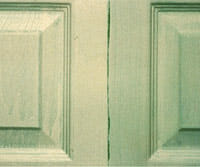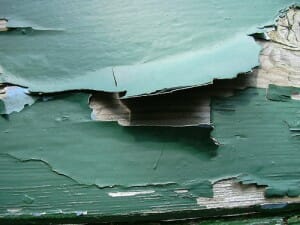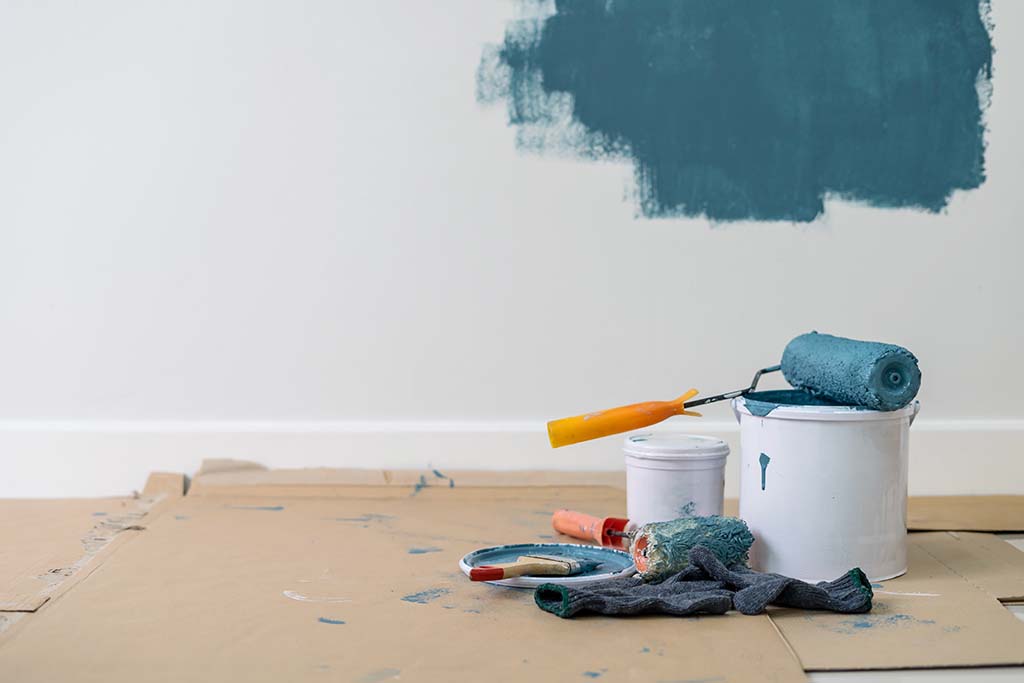
The World of Paint Mishaps: Cracking, Alligatoring, and Beyond
The world of paint is filled with unpredictable twists and turns. One minute you’re admiring a fresh coat, and the next, mysterious cracks or patterns appear. These painting problems can quickly turn your dream home improvement project into a DIY nightmare.
Maintaining that pristine, fresh-out-of-the-bucket paint job can be a challenge. Paint isn’t just about color; it’s a protective shield for our walls. Yet, issues like cracking paint and alligatoring can quickly compromise both its look and its protective qualities. So, what causes these pesky problems?
The natural aging of oil-based paints can lead to these effects over time. Think of it as the wrinkles of the paint world. But age alone isn’t the sole culprit.
Often, improper application can hasten these issues. Did you know that applying paint on a humid day or not priming a surface properly can lead to unwanted textures?
External factors play a significant role. Just as our skin reacts to environmental changes, paint too can expand or contract with temperature variations, leading to cracks or patterns.
Ever noticed how sometimes paint seems to sag or have a shiny patch, especially in high-traffic areas? Or those tiny bubbles that seem to appear out of nowhere? Welcome to the world of sagging, burnishing, and blistering paint.
Sagging happens when paint is applied too thickly or in less-than-ideal conditions. But it’s not irreversible! Proper application is key, and sometimes, two thin coats are better than one thick one.
Burnishing is that unwanted shiny patch you might see after cleaning a mark or from furniture rubbing against the wall. It’s more common with flat paints, especially in bustling areas of the home. The fix? Opt for higher sheen paints in these areas and be gentle when cleaning.
Moisture is paint’s arch-nemesis, leading to blistering. Those little bubbles can form when painting on a damp surface or if the wall gets wet soon after. The solution lies in the quality of paint and, more importantly, in pre-paint preparation.
So, while the world of paint might seem complicated, with the right knowledge and tools, you can ensure your walls stay looking fresh and fabulous! Remember, a little prep goes a long way, and the right paint can make all the difference.

While paint plays a significant role in beautifying our spaces, cracks and flaking in paint jobs can be a homeowner’s worst nightmare. Often, these problems are more than just superficial – they hint at deeper issues with the paint or its application.
However, this isn’t to say that all cracks and flaking are inevitable. The type and quality of the top coat applied can drastically influence the lifespan and appearance of your paint job. An excellent top coat not only imparts a protective layer but also enhances the paint’s sheen, vibrancy, and resistance to external factors.
As we delve deeper into these challenges, it becomes clear that understanding specific problems and their solutions is pivotal. Let’s explore some common paint problems and how to tackle them.
Ever had a door or window stick after a fresh paint job? This annoying issue is known as blocking. It often stems from rushing a paint job and not giving each coat adequate time to dry. It can also occur when using low-quality paints that don’t set well.
Choosing a high-quality paint ensures smoother application and longer drying times, reducing the chances of blocking. Remember, patience is a virtue, especially when painting. Giving your paint ample time to dry can be the difference between a flawless finish and one riddled with issues.
Roller marks or stipples can distract from the beauty of a freshly painted wall. And often, the culprit behind these blemishes isn’t the paint itself but the tools used. The role of quality tools in a paint job cannot be overstated.
Investing in high-quality paint and rollers ensures a smoother application, reducing the appearance of marks. Additionally, mastering the rolling technique is crucial. By understanding how paint is applied and practicing the right methods, you can achieve a seamless and stipple-free finish every time.
A painter is only as good as their preparation. While it’s tempting to dive straight into painting, surface preparation is the cornerstone of a durable and long-lasting paint job.
It begins with a thorough cleaning. Dust, grime, and old paint flakes can impede paint adherence. Then comes priming, especially important when painting over glossy surfaces.
A primer ensures that the paint sticks well, providing a uniform base for the paint to latch onto. It’s a step that shouldn’t be skipped, as it directly impacts the paint job’s longevity and finish.

Every surface, whether it’s an aged wooden cabinet or a freshly plastered wall, demands a specific type of paint. The secret to a lasting, vibrant paint job isn’t just in the technique but also in choosing the right kind of paint.
Latex paint, for instance, is water-based and dries quickly. It’s known for its flexibility and doesn’t yellow over time, making it a popular choice for walls. Oil-based paint, on the other hand, takes longer to dry but offers a rich, glossy finish. It’s more durable than latex, making it suitable for high-traffic areas or surfaces that require frequent cleaning.
However, before you apply a new coat of paint, it’s essential to prep the surface correctly. Using a heat gun can be beneficial in these scenarios. This tool softens the paint, allowing it to be scraped away with ease. It’s a safer alternative to chemical strippers, especially when dealing with older paints that might contain harmful elements.
Regardless of the paint type you opt for, combining it with the right primer can enhance its attributes. A good primer ensures that the paint sticks well and brings out its true color. So, remember, it’s not just about applying paint but also about preparing the walls’ paint film with the perfect primer and paint combo for the best results.
Paint is both an art and a science. Understanding paint types and techniques is important, but professional expertise is irreplaceable. That’s where BCI comes in. From interior paint to deck staining & sealing, we have the experience to create the look you desire.
At BCI, we understand the intricacies of a paint job. From color selection to surface preparation and application, our team ensures perfection at every step. For long-lasting and pristine results, reach out to professionals like us. BCI is just a call away to turn your painting visions into reality for your next project.